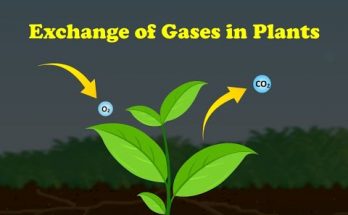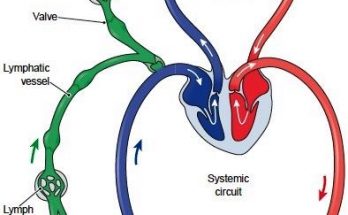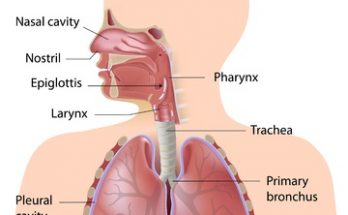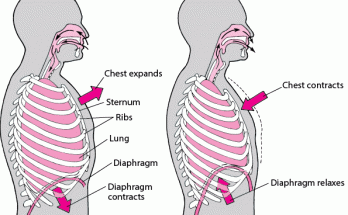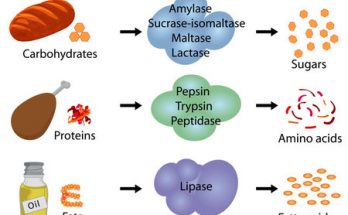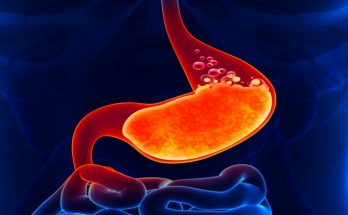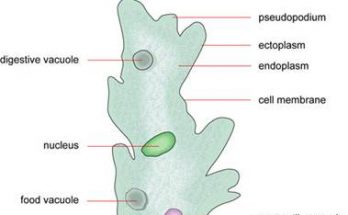
Nutrition in Amoeba Class 10
Amoeba uses holozoic nutrition.It ingests solid food particles and breaks them down into simpler molecules. The process involves ingestion using pseudopodia followed by digestion in vacuoles. Absorption occurs through diffusion and assimilation is done by transporting nutrients to the cytoplasm. Finally waste removal occurs through exocytosis in amoeba.all this process explained with diagram to understand and write in school assignment and exams .
Nutrition in Amoeba Class 10 Read More

